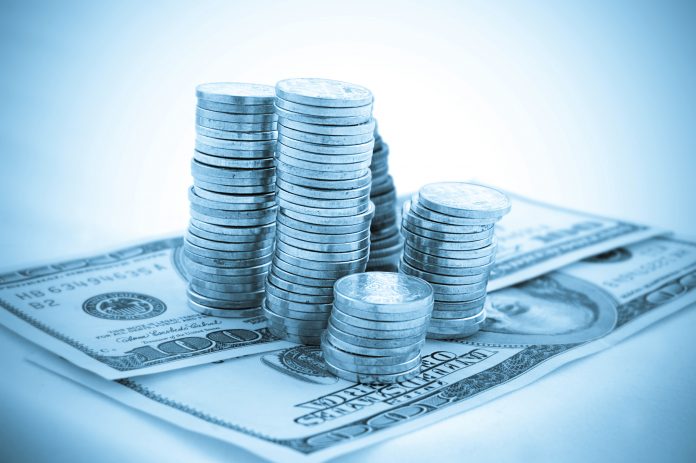The U.S. Dollar
The U.S. Dollar lost ground and hit a two-and-a-half year low as confidence in the currency ebbed, adding to losses in the previous month. The DXY Dollar index, the index that measures the U.S. Dollar’s value against a basket of major currencies, fell from 92.64 down to 90.98. With more stimulus expected, even a scaled-back plan will still mean the printing presses will be hard at work. Against the Thai Baht, the U.S. Dollar briefly dipped below the all-important 30.00 level to hit 29.98, before rebounding to 30.07. Whether or not the Baht will be subject to central bank intervention in the future remains to be seen, but the 30.00 mark could well be an area where defenses are mounted.
The British Pound
The British Pound rose from 1.3181 to a high of 1.3519 likely due to dollar weakness and also on hopes of a breakthrough on the Brexit front. As Brexit talks became more complicated the Pound retreated back to 1.3232 but remained volatile as deadlines were extended. Vaccine rollout news did little to move Sterling’s value, with the UK stock market making gains instead. Against the Thai Baht, the Pound rose to 40.70 before falling back to 39.84. Going forward, GBP/THB rates will likely be kept in check by the spectre of a weak dollar.
The Japanese Yen
The Japanese Yen once again strengthened against the U.S. Dollar moving from 105.24 to 104.02 but this time held on to the gains. With stock markets looking as though they have the potential to top out, and with the dollar falling out of favor, there is a chance that the Yen could see more strength.
Against the Thai Baht, the Yen rose from 0.2849 to 0.2899 before moving back to 0.2871.
The Russian Ruble
After 6 months of a generally weakening trend the fortunes of the Ruble reversed and the currency strengthened from 77.60 to the U.S. Dollar to 72.88, more than a six per cent move. This puts it back to levels last seen in September. Yet volatility remains elevated and as a result, future direction is hard to predict. The Ruble strengthened against the Thai Baht from a low of 0.3910 to reach 0.4130, reversing last month’s move.
The Euro
The recent consolidation of the EUR/USD cross rate gave way to a strong upside breakout with the Euro moving from 1.1784 all the way to 1.2117. As the main constituent in the basket of currencies that the USD trades against, it is unsurprising that the Euro would take up the slack on the other side of the Dollar’s weakness. This comes even in spite of the fact that the ECB continues to take an easing bias. Against the Thai Baht the Euro rose from 35.59 to 36.44 a rise of nearly 2.5 per cent.









